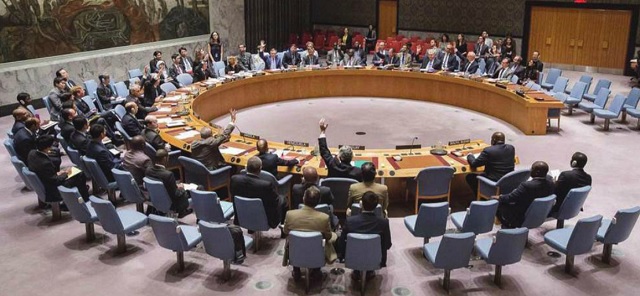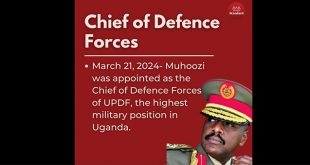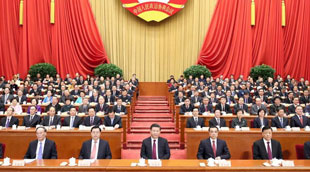
Sorting out South Sudan – Behind Uganda’s refusal to send troops to South Sudan under UN mission
Uganda appeared to have caught regional conflict observers by surprise when it announced it would not contribute troops to a regional brigade designed to bolster the UN mission in South Sudan – By Independent Team & Agencies
The Uganda announcement of Aug.12 came just hours before a Security Council vote authorising the deployment.
“Not deploying in South Sudan was voluntary,” Foreign minister Henry Okello told journalists on Aug.12.
“We choose for Uganda not to be part of the deployment so that (those) who accuse the UPDF (Ugandan army) of meddling in the internal affairs of South Sudan have no opportunity to accuse us,” he added.
Other sources appear to indicate, however, that the UN was against regional armies – not only Uganda- deploying in South Sudan. There was also a tussle over the UN demand for any African force to be under UN command.
Similar objection came up when the Uganda Army deployed in Somalia in 2007 as the UN insisted on deploying its own force. But Uganda insists that its withdrawal of its pledge to send troops to South Sudan was this time aimed at bringing peace to South Sudan, Okello said. He added that Uganda would still provide logistical or communications support if required.
A key ally of South Sudanese President Salva Kiir, President Yoweri Museveni has for a long time been seen as ready to spring to the rescue of his besieged counterpart.
Many recalled how, in December 2013, the Uganda army had joined the conflict in South Sudan on Kiir’s side against Machar. The forces pulled two years later in 2015.
When a convoy of around 50 Ugandan trucks escorted by machine gun-mounted armoured vehicles crossed the border to open up a secure corridor for refugees on the 200 kilometre (120 mile) Juba-Nimule road, following four days of intense battles in Juba that left hundreds dead and forced around 40,000 to flee, many saw it as a ploy to redeploy in a conflict it had just walked out of.
A heavily armed Ugandan military convoy crossed into South Sudan to evacuate citizens trapped in the capital Juba on July 14, about a week after fighting erupted there on July 8.
At the time, there was fear that fierce fighting between South Sudan President Kiir and his then-Vice President Riek Machar could flare up again despite a ceasefire.
Uganda’s army Chief Brig. Leopold Kyanda explained that the mission would likely last “two to three days” but skeptical observers paid more attention to information attributed to security sources that some of the 2,000 Ugandan troops on the mission would remain in Juba.
A week later, however, on July 21, Uganda’s Commander of the Land Forces (CLF), Maj. Gen. David Muhoozi announced that about 30,000 Ugandans and other nationals had been successfully evacuated and UPDF was out of South Sudan.
A shaky ceasefire that was agreed between Kiir and Machar also appeared to be holding.
It now appears that President Museveni does not want to be seen as interfering in another nation’s affairs by joining the UN protection force due to be deployed in the capital, Juba.
 The Independent Uganda: You get the Truth we Pay the Price
The Independent Uganda: You get the Truth we Pay the Price


